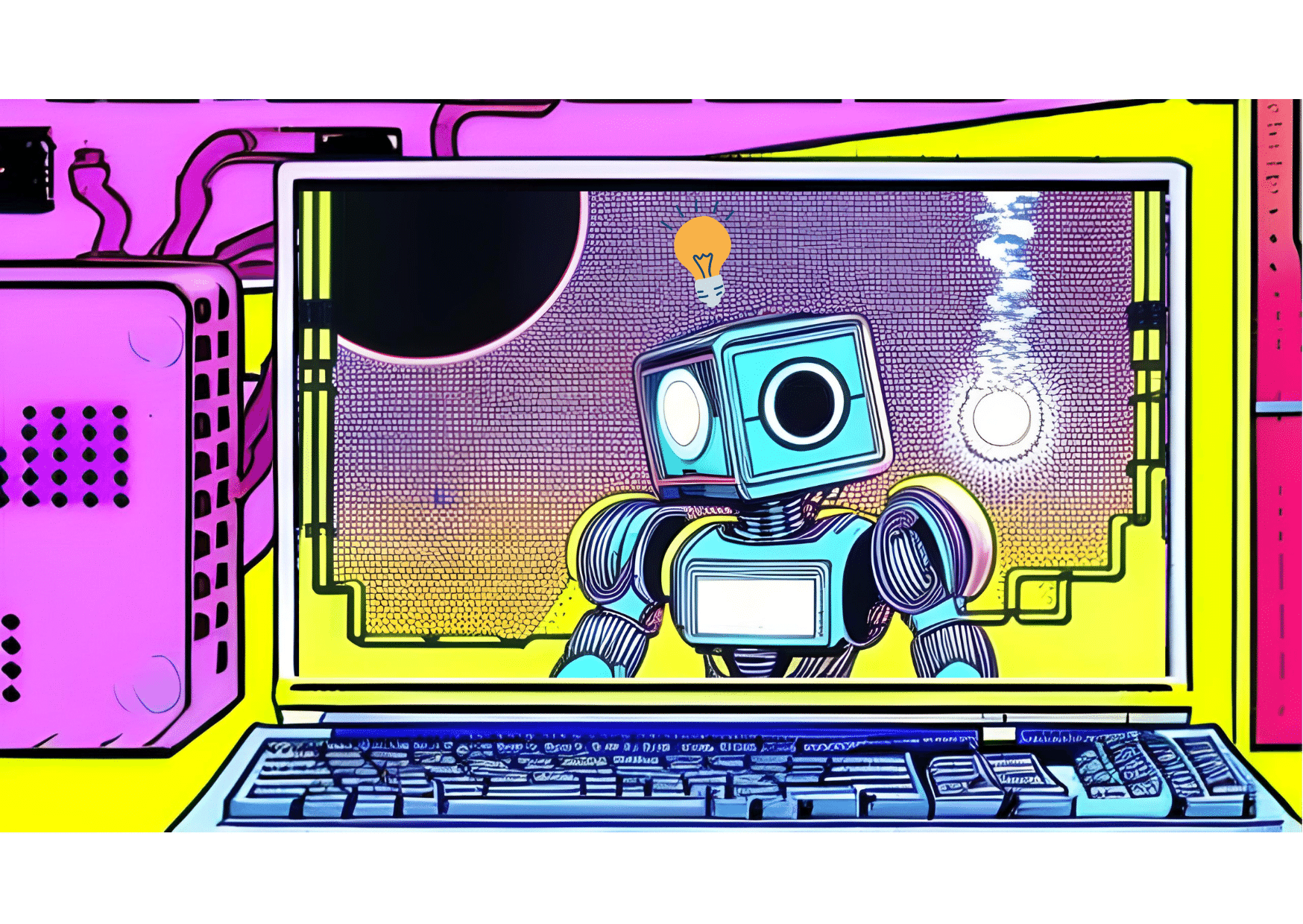Data and few-shot learning
No data, no progress! We all know that machine learning, especially artificial intelligence (AI), requires vast amounts of data for training. However, sometimes there is a lack of data, and that’s when problems arise. But why give up? Scientists don’t lose hope and come up with different approaches to work with limited information. One of them is few-shot learning.
The essence of the few-shot approach is that AI is trained on a very small number of examples, literally on the fingers of one hand (hence the name – “a few shots”). This allows machines to learn new skills faster and with fewer resources.
An example from real life? Here you go! Automatic translator: if it “learns” one language rule from a couple of sentences, will it be able to apply it to other texts? The few-shot approach helps save time and effort on lengthy training.
Thus, machine learning on limited data is like singing the same song, but on a minimal scale. But don’t worry, AI can handle that too! After all, few-shot learning comes to the rescue and opens up new possibilities for working with data, even when it’s scarce.
Few-shot learning – what is it?
It’s time to give some info about few-shot learning! This approach in machine learning is a salvation for those who deal with limited data. In short, it’s a “quick start” for AI, where it learns from just a few examples, rather than millions.
Let’s say we need to train a model to recognize cats (because the internet can’t stand a vacuum, and a vacuum is the absence of cats, as we all know!). We only have a few photos of cats and dogs, but for accurate training, we need thousands! That’s where few-shot learning comes to the rescue.
In real life, this approach is particularly relevant when data collection is challenging or expensive. For example, in medicine: there may be few unique cases, but the information is crucial. So, few-shot learning is like the “economy class” of machine learning, but without compromising quality!
Few-shot learning saves the world, or at least makes it more convenient. How? Let’s talk about practical examples in different fields.
- Medicine: diagnosis of rare diseases. Few examples? No problem! Few-shot learning can teach AI to recognize rare patterns in medical images. This saves time and effort for doctors and helps in finding the right treatment.
- Banking: fraud detection. Thanks to few-shot learning, banking algorithms become smarter and can quickly identify fraudulent schemes, even if they occur rarely.
- Advertising: targeting. Companies need to hit the mark, but sometimes there is limited data. Few-shot learning helps train models to more accurately target the audience for advertising based on a small number of examples.
As you can see, few-shot learning is not just empty talk. In many fields where data is limited or expensive, this approach comes to the rescue and helps solve real problems.
Few-shot and other approaches
Enough of limiting ourselves, it’s time to talk about different approaches to learning with limited data: one-shot, few-shot, and zero-shot. Each of them is cool in its own way!
- One-shot: This is when the model learns from just one example of each class. Like a student who forgot about the exam and tries to memorize everything overnight. Not bad, but it requires strong prior knowledge.
- Few-shot: The model is trained on a few examples of each class. This is even cooler – imagine preparing for an exam using a couple of examples for each topic. It’s effective if used correctly.
- Zero-shot: Here, the model learns without examples from a new class, relying on previous knowledge. It’s like encountering a topic in an exam that you haven’t studied, but you try to answer using knowledge from other topics.
All approaches have their merits, but few-shot learning is the golden middle ground for many tasks. It combines the efficiency and availability of data, helping models become smarter even with limited examples.
Now let’s compare few-shot with other approaches to learning with limited data:
- Transfer learning: In this approach, models are trained on large datasets and then fine-tuned on a small number of examples. In this case, few-shot learning may be better when it’s not possible to train on large datasets. However, if you already have a pre-trained model, transfer learning wins.
- Meta learning: Learning to learn, sounds complicated, right? Meta learning methods teach models to be good teachers for other models. In this case, few-shot learning may be easier to implement and provide quick results, but meta learning may show greater potential in complex tasks.
The choice of method depends on the task and available resources. If you need to quickly and easily train a model, few-shot learning is suitable. But if you have a pre-trained model or are willing to delve into meta learning, you can try other approaches.
Disadvantages of few-shot learning
Like any other method, few-shot learning has its drawbacks. Here are the most common ones:
- Overfitting: With limited data, there is a higher risk that the model will “memorize” them and perform poorly on new examples. It’s important to monitor this and train the model carefully.
- Insufficient accuracy: Here, the problem comes from the opposite side – too little data can lead to the model not learning anything useful and having low prediction accuracy.
- Longer training time: Since few-shot approaches usually require finer tuning, their training time can be longer compared to, for example, transfer learning.
So, when using few-shot methods, be prepared for possible challenges! But that doesn’t mean they are not worth your time and attention, just keep these nuances in mind to avoid pitfalls when working with machine learning.
Tips for Few-Shot Learning
Want to save time and effort when using the few-shot approach? Here are some tips that can help:
- Augmentation: Expand your dataset using augmentation techniques to improve the model’s generalization ability and avoid overfitting.
- Adapt pre-trained models: Instead of training from scratch, try using a pre-trained model and fine-tune it on your data. This can save you time.
- Model selection: Evaluate the size and complexity of your data and choose a model of appropriate size and depth to avoid unnecessary training costs.
- Use regularization: Add regularization (such as L1 or L2 regularization) to the training process to reduce overfitting and improve results.
- Mix methods: Don’t hesitate to combine the few-shot approach with other methods (such as transfer learning or meta-learning) to achieve better results.
Follow these recommendations, and few-shot learning will become easier and more effective.
So, we have reached the end of our discussion on the few-shot approach in machine learning.
What have we learned:
- Few-shot learning is a machine learning method that allows models to learn successfully using very little data.
- The advantages of this approach include saving time and resources and the ability to train models in conditions of limited data availability.
- However, few-shot learning has its limitations, such as overfitting or insufficient prediction accuracy.
- There are several methods that can be used in conjunction with the few-shot approach, such as transfer learning and meta-learning, to improve results.
- To successfully apply the few-shot approach, consider recommendations for augmentation, adapting pre-trained models, choosing an appropriate model, using regularization, and combining methods.
Now that you know more about the few-shot approach, I hope it will assist you in future machine learning projects.


